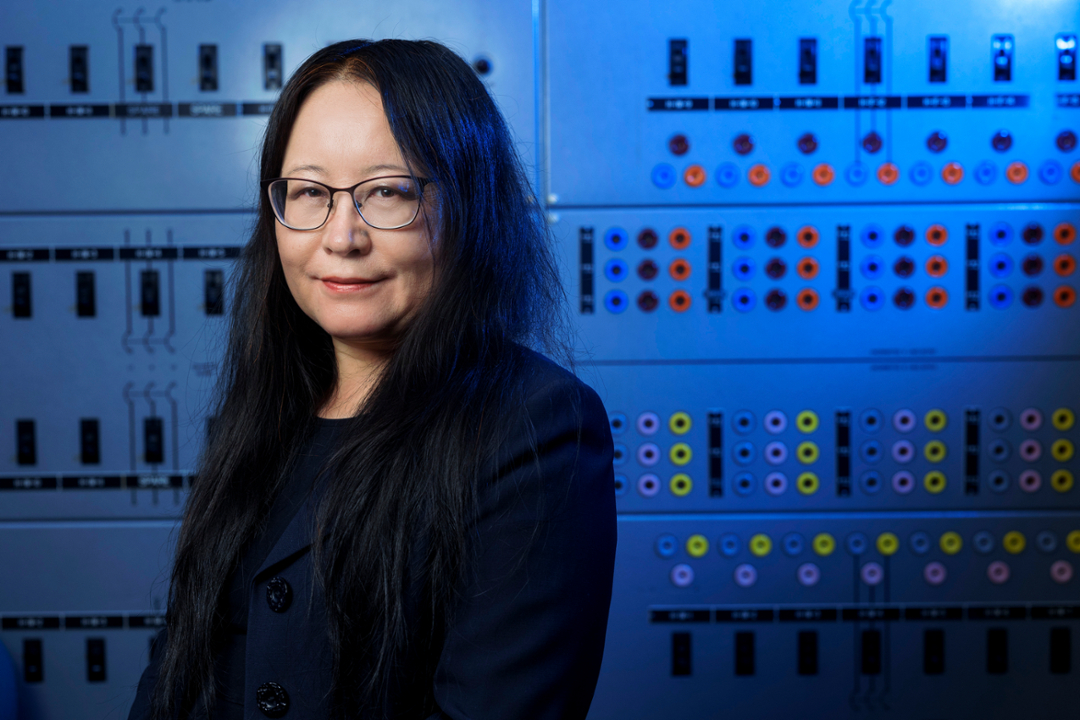
Liang's energy research is charting a new direction in Canada
Xiaodong Liang is the Canada Research Chair in Technology Solutions for Energy Security in Remote, North and Indigenous Communities. It’s the first chair of its kind in Canada.
Liang's program is aimed at developing a new system of isolated microgrids, powered by renewable energy such as wind and solar. About 200,000 Canadians in remote communities, along with others in northern global areas, rely largely on diesel for power generation. It’s expensive and creates high emissions.
She has been engaged in smart grid, microgrid and renewable energy since 2013; the research chair program began in mid-2020. She came to USask after working at Washington State University and Memorial University of Newfoundland.
“Renewable energy-based microgrids provide clean energy, and offer the foundation of future smart grids,” Liang said.
“Renewable energy is being developed very fast recently. This kind of technology can be integrated into power grids through power electronics devices, communication networks and advanced control schemes to allow the grid to become smart.”
Saskatoon Light and Power, which co-funds Liang’s project with the university, provides her team with system data so that she can validate her research with real, on-the-ground information.
“I very much appreciate all this collaboration because it gives my team a lot of advantage compared to just doing research closed-door. My plan is, I’m going to expand this collaboration with local industry.”
She also hopes to collaborate with the Peter Ballantyne Cree Nation in Northern Saskatchewan and the Gwich’in Tribal Council communities in the Northwest Territories.
Liang’s research includes seeking ways to monitor microgrid operations and detect problems; enable system self-healing; and integrate controls that respond to abrupt surges of power or sudden drops in load demand.
This is an excerpt from the The Future of Energy, the cover story in the December 2021 edition of Thorough, USask Engineering's annual magazine.

